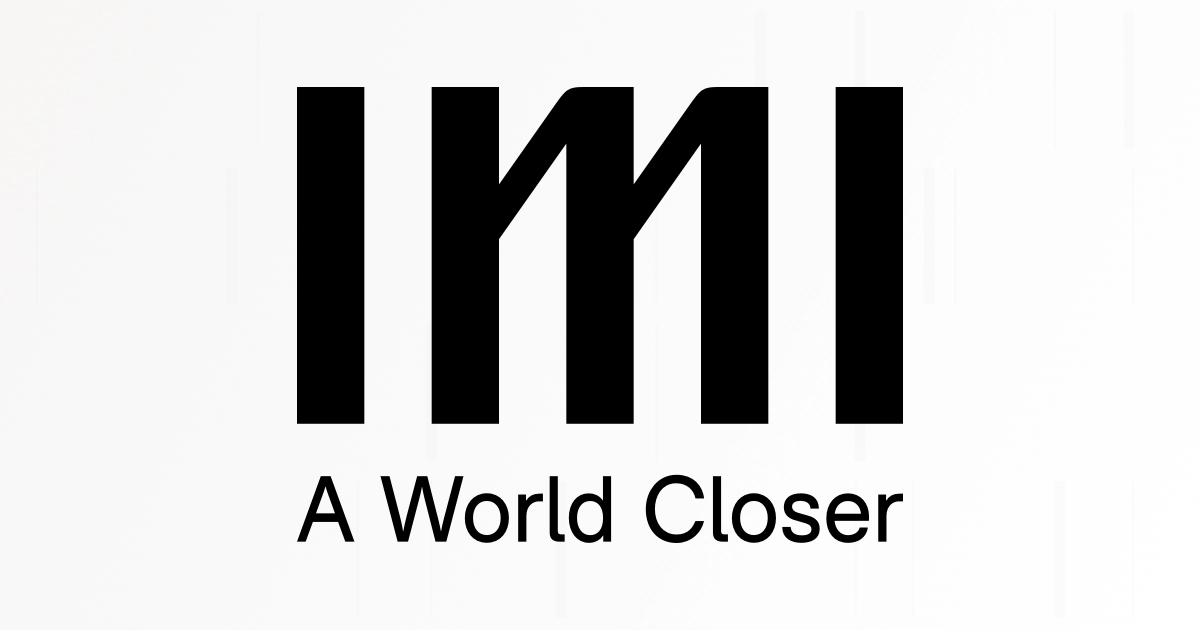
News & updates
The pulse of Abu Dhabi’s
creative industries
Explore the latest stories from twofour54, where we celebrate the achievements, partnerships, and milestones that define Abu Dhabi’s growing media and entertainment landscape. From new initiatives and industry events to community highlights, our news page keeps you connected to what’s shaping the future of creativity in Abu Dhabi.
March 18, 2025
What is the future of the media industry looking like?

Highlights
March 15, 2025
How AI is revolutionising the media and entertainment industry

Highlights
February 15, 2025
Mainland or Free Zone: Which is right for your business?
-المنطقة-الحرة-بمطار-دبي-converted-webp.webp?v=1)
Highlights
February 3, 2025
Media giant International Media Investments (IMI) moves to twofour54 Yas Creative Hub

Press Releases
December 11, 2024
twofour54 unveils three fully purposed services to strengthen Abu Dhabi media ecosystem

Press Releases
October 12, 2023
Do you need a permit to film in public in Abu Dhabi?

Highlights
August 1, 2023
twofour54 unveils fully-fledged film production destination in Abu Dhabi – ‘twofour54 Studios’

Press Releases
March 16, 2023
Are coworking spaces suitable for SMEs?

Highlights
March 16, 2023
Difference between a trade license and a professional license

Highlights
March 7, 2023
A guide to trade name registration in Abu Dhabi

Highlights
March 7, 2023
All you need to know to understand what a free zone is

Highlights
November 9, 2022
Flexible working office space vs. Coworking spaces - what do you need?

Highlights
Follow our journey
Stay up-to-date on all the news and stories driving Abu Dhabi’s media and entertainment industry forward.








